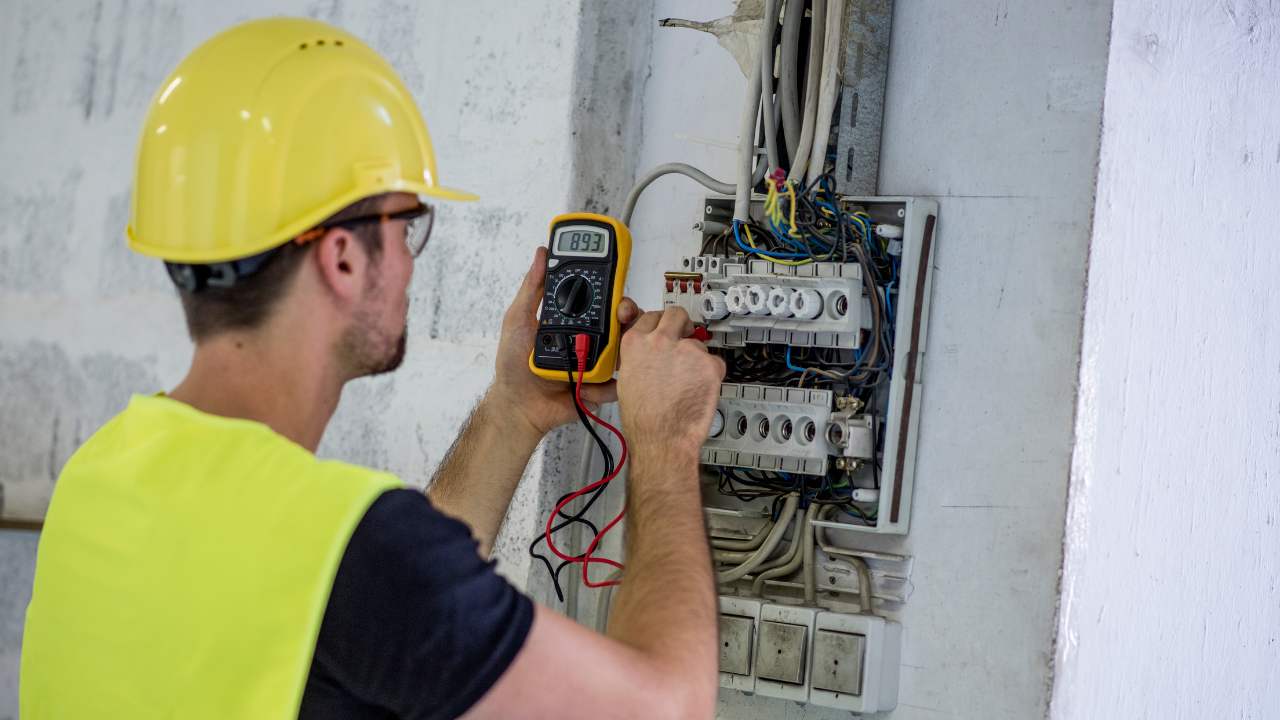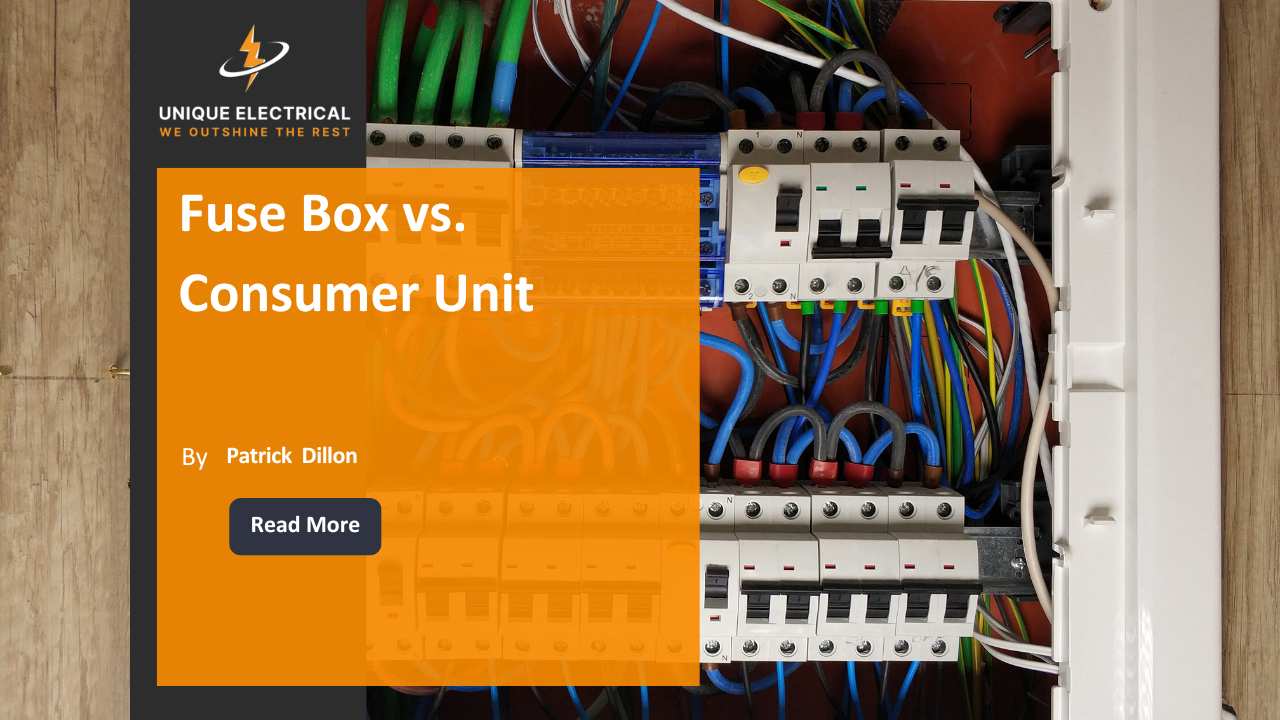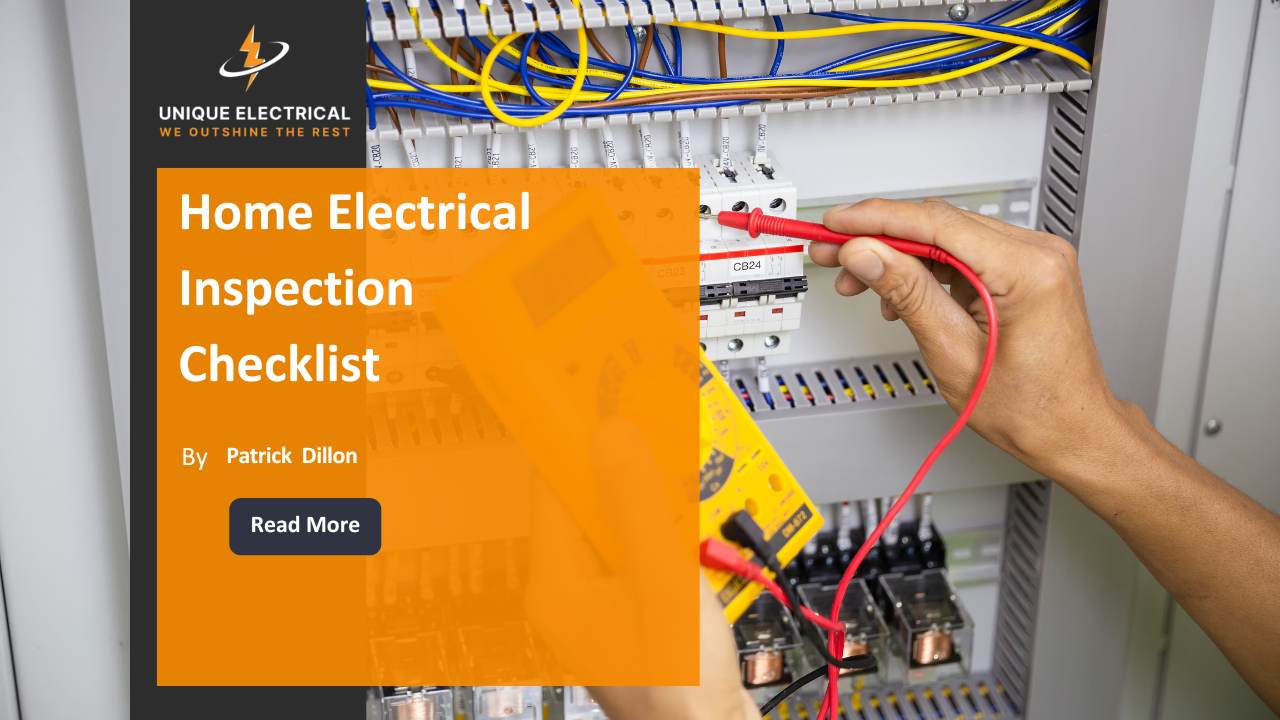Are you concerned about hidden electrical dangers in your workplace that could put your staff and business at risk? Electrical hazards are more common than many employers realise, and without the right precautions, they can lead to accidents, fires, or costly downtime.
Workplace electrical risks range from overloaded sockets and faulty wiring to poorly maintained appliances. These hazards not only threaten employee safety but can also disrupt daily operations and create legal liabilities for businesses.
Understanding the most common hazards and how to address them is crucial for creating a safe, compliant, and productive work environment. In this blog, we’ll explore the 5 workplace electrical hazards and how PAT testing helps, offering practical insights to keep your workplace safe.
Why Electrical Safety in the Workplace Cannot Be Ignored?
Electrical safety in the workplace is not just a legal requirement, it is a fundamental responsibility for every employer. Faulty wiring, damaged appliances, or overloaded circuits can quickly develop into serious incidents, leading to injuries, fires, or even fatalities.
Beyond the human cost, accidents caused by electrical hazards can stop operations, damage equipment, and result in significant financial losses. Businesses in Ireland must also comply with strict health and safety regulations, meaning poor safety practices can lead to fines and reputational damage.
By prioritising electrical safety and implementing preventative measures such as PAT testing, employers can create a safer environment, protect their workforce, and maintain smooth business operations while demonstrating their commitment to responsible workplace practices.
5 Workplace Electrical Hazards and How PAT Testing Helps
Electrical hazards are among the most common yet overlooked risks in many workplaces. Identifying them early and implementing regular PAT testing is vital for protecting employees, preventing fires, and keeping businesses compliant with safety regulations.

Overloaded Circuits and Power Sockets
Overloading circuits is one of the most frequent causes of electrical incidents. Plugging too many devices into a single socket causes overheating, which can trigger fires and damage equipment. Many workplaces rely on extension leads to power multiple devices, further increasing the danger.
PAT testing helps identify circuits under unsafe loads and highlights areas where businesses must improve power distribution. Employers should provide adequate sockets and discourage daisy-chaining extensions to prevent overheating. Regular checks ensure circuits function correctly, reducing the likelihood of hidden hazards.
Faulty Wiring and Loose Connections
Damaged or outdated wiring poses a serious threat in offices, factories, and older buildings. Frayed wires or loose connections generate excess heat, increasing the chance of sparks and fire. These faults also cause frequent power interruptions and equipment failures, disrupting operations.
PAT testing identifies weaknesses in electrical connections before they cause accidents. Loose connections, in particular, need attention because even small sparks can ignite nearby materials. By upgrading wiring and carrying out regular inspections, businesses can create a safer and more reliable workplace environment.
Defective Electrical Appliances
Faulty or ageing electrical appliances often go unnoticed until they fail. These devices increase the risk of shocks, overheating, or fires. Many businesses unknowingly continue to use unsafe equipment, exposing staff to avoidable dangers. PAT testing detects defective appliances quickly, ensuring unsafe items are removed or repaired before they cause harm.
Over time, appliances suffer wear from power surges, overheating, or heavy use, which can damage internal components. Regular testing gives employers satisfaction that all equipment in use is functioning safely and in compliance with regulations.
Exposed Live Parts and Poor Insulation
Insulation is essential to prevent employees from coming into contact with live parts. When insulation deteriorates, wires are exposed, creating a direct risk of severe injury or even death. Workplaces such as construction sites or factories with moisture present face greater dangers, as wet conditions intensify electrical risks.
PAT testing identifies damaged insulation and highlights cables that need immediate replacement. Early detection prevents hazardous situations and helps businesses maintain safe environments. Employers should ensure that all wires and cables are checked regularly and replaced if frayed, keeping employees out of harm’s way.
Improper Use of Electrical Equipment
Employee misuse of electrical equipment is another common hazard. Plugging incompatible devices into sockets, using the wrong voltage, or leaving machines running overnight all contribute to increased risks. Unattended equipment generates heat, which can eventually lead to fires. PAT testing helps identify equipment that is unsuitable or unsafe for workplace use.
Alongside testing, employers should train staff in safe electrical practices and enforce clear procedures to prevent misuse. Simple actions such as switching off devices at the end of the day and following manufacturer guidelines greatly reduce workplace electrical hazards.
What is the Role of PAT Testing in Preventing Workplace Electrical Hazards?

PAT testing plays a vital role in creating a safe and compliant workplace. By systematically inspecting and testing electrical appliances, it allows businesses to identify potential risks before they turn into major incidents.
Regular testing ensures that appliances meet safety standards, helping companies stay compliant with Irish health and safety regulations. Employers who neglect this responsibility not only endanger their staff but also expose themselves to legal consequences and reputational damage.
Through PAT testing, defective or unsafe appliances are detected and removed from circulation, significantly reducing the likelihood of shocks, fires, or operational failures. By prioritising regular testing, businesses highlights a strong commitment to employee wellbeing while avoiding costly disruptions caused by unexpected equipment breakdowns.
Conclusion
Managing electrical risks in the workplace is essential for ensuring employee safety, protecting valuable equipment, and maintaining smooth operations. From overloaded circuits and faulty wiring to defective appliances and poor insulation, the dangers are both real and preventable. Regular PAT testing ensures hazards are detected early, appliances remain safe to use, and your business complies with workplace safety regulations. By making proactive testing a priority, you secure your staff, protect equipment, and secure long-term business continuity.
Our qualified team in Ireland helps businesses stay compliant, reduce risks, and maintain safe environments. Contact Unique Electrical today to schedule your workplace PAT testing and gain complete confidence that your business is fully protected.



























.jpg)

.jpg)





























